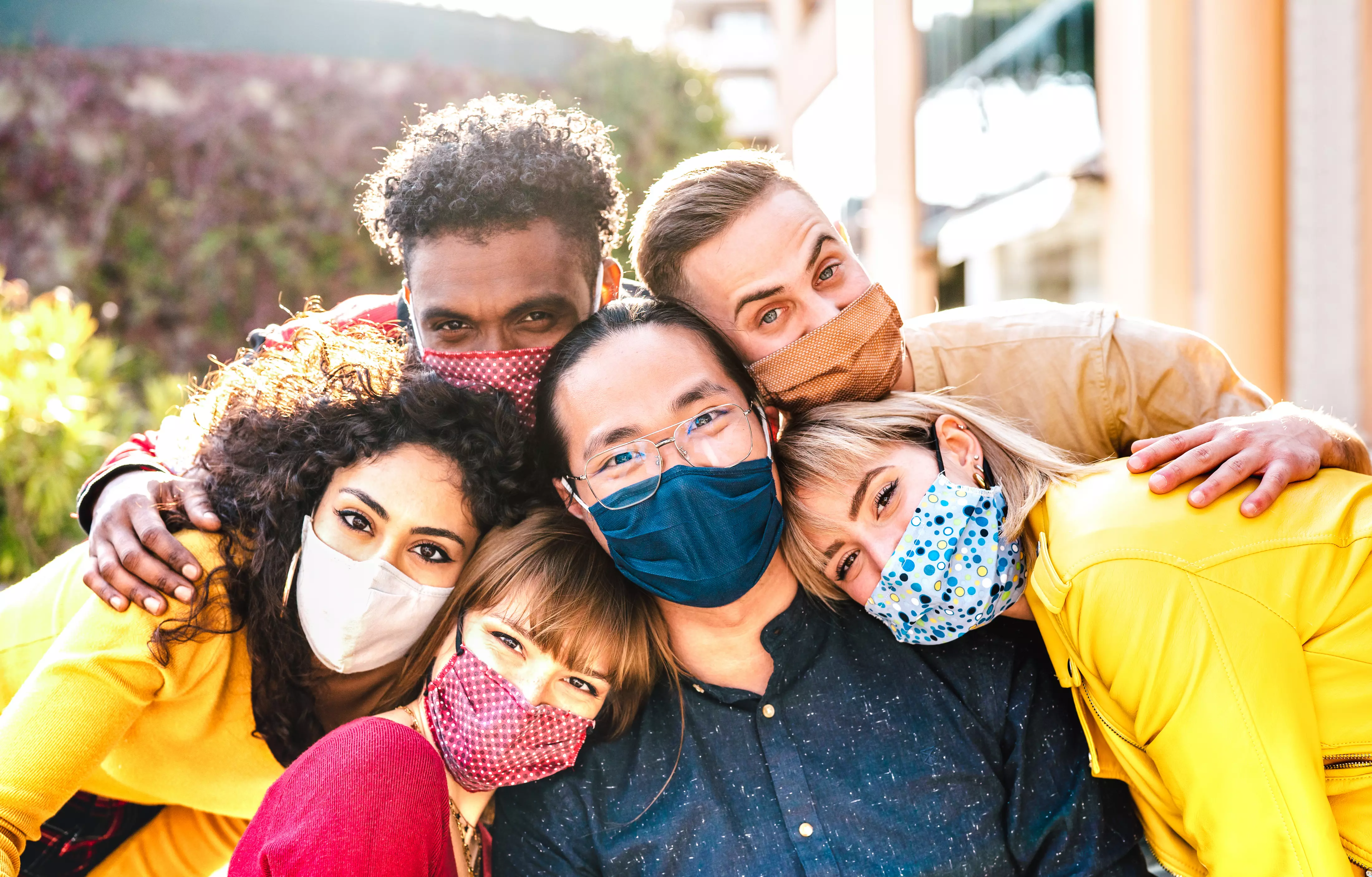Side effects of COVID-19 treatment in different age groups
Introduction to the side effects of COVID-19 treatment
COVID-19, caused by the SARS-CoV-2 virus, has become a global health challenge that has affected millions of people around the world. As more and more people began to receive treatment, attention began to turn to the side effects associated with the therapy. In this article, we will look at different age groups, as well as specific aspects and side effects of COVID-19 treatment.
Side effects among children and adolescents
Children and adolescents, despite the fact that they most often undergo COVID-19 in a milder form, are also subject to certain side effects. Among them are:
Mental disorders many children experience anxiety and depression due to the pandemic and social isolation.Body problems some children show post-COVID symptoms such as fatigue and muscle aches.Allergic reactions in rare cases occur from reactions to drugs that are used in the treatments.It is important for parents and caregivers to be aware of these possible health problems and consult a doctor if they notice worrisome symptoms.

Side effects in adults
Adults, especially those with comorbidities, may experience more serious side effects from COVID-19 treatment. Watch out for:
Respiratory problems some patients may suffer chronic lung problems even after treatment ends.Cardiovascular problems COVID-19 can lead to heart damage, and treatment often carries the risk of arrhythmias or other conditions.Mental problems Adults may experience increased levels of stress, anxiety and depression, requiring further psychological intervention.All of these factors can affect patients ' quality of life and require long-term treatment.
Seniors and side effects
The elderly are particularly vulnerable to the more severe side effects associated with COVID-19 treatment, due to the body's natural weakness and common chronic diseases. Key issues affecting this age group include:
Secondary infections Seniors are at higher risk of complications and secondary lung infections, which significantly affects their health.Memory problems the onset of delirium and cognitive impairment can be associated with hospitalization and the use of strong medications.Mobility limitations Rehabilitation after COVID-19 can be longer for the elderly, leading to stagnation and additional health problems.How side effects affect seniors is a key medical issue that requires special attention and tailored therapy.
The role of research and monitoring of side effects
Over the course of the ongoing pandemic, research into the effects of COVID-19 treatment has become a priority for many health institutions. Monitoring of side effects is essential in order to:
Improve the quality of treatment ongoing research can point to new therapies and modifications to existing treatment protocols.Understand disease mechanisms A deeper knowledge of how the virus affects different age groups is crucial for future research.Ensure patient safety Adapting therapies in response to side effects can significantly improve the condition of patients.In the context of COVID-19, understanding and studying side effects is therefore key to improving the safety and quality of care for patients of all ages.
Conclusions and recommendations
Side effects of COVID-19 treatment can vary significantly by age group. Therefore, it is important for the health care system to be prepared to adjust therapy and monitor patients. Attention to various aspects of mental and physical health, as well as communication with patients, are key to successful rehabilitation. Regardless of age, every patient deserves individualized care and an understanding of their health needs.
It is recommended that all patients, young and old alike, stay in touch with their doctors and regularly report the onset of any worrisome symptoms after undergoing COVID-19. Implementing these measures can translate into better health outcomes and a higher quality of life.

Add comment